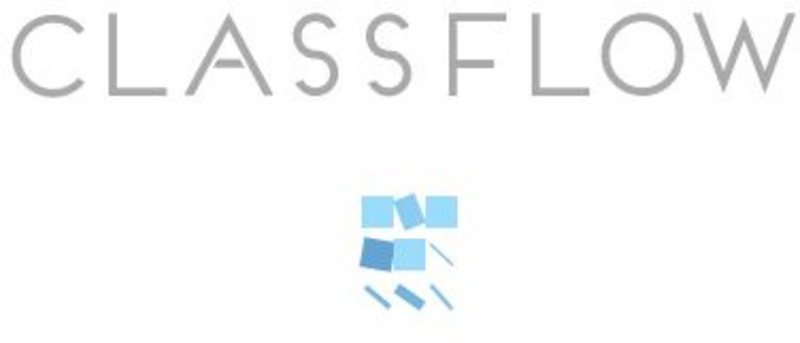Hi, what do you want to do?
Curated OER
Long e Sound
Use this presentation for a quick review of the long e sound. While just a quick review of this topic, learners identify the different spellings for this sound and read a list of words. This resource could be used before a lesson on the...
Kiz Club
Long Vowel "E"
Explore the ea and ee digraphs with a worksheet full of images. For each drawing, kids choose between these two digraphs to complete the matching word and master the long /e/ sound.
Curated OER
Little Rabbit's Tale: 19
This set of daily spelling activities is intended for use with the story, Little Rabbit's Tale. Learners use the high frequency and spelling words found in the story to complete 4 different activities. They write the long e...
Reading Resource
Flower Building Long Vowel Game
Reading can be as lovely as a walk through the garden! Sets of flowers host words that share long vowel sounds, which kids match to the correct flowerpots.
Curated OER
We All Scream for Ice Cream!
Students complete a variety of activities related to the long /e/ sound. As a class they recite a tongue twister, then spell different words that contain the ee and ea correspondence. Students then read the book "Tea For Three" with a...
Curated OER
Long ee or ea
Students practice spelling words with the long e sounds using ee or ea. In this ee or ea lesson plan, students complete words using the ee or ea pattern, identify rhyming words, and write a rhyming poem using ee words. Using word and...
Core Knowledge Foundation
Kindergarten Skills Unit 10
A six-week unit wraps up kindergarteners' skills practice in beginning reading skills. Twenty-nine lessons focus on long vowel sounds and 11 tricky high-frequency words. Scholars participate in warm-up activities, introductions to sounds...
Curated OER
Sheepish Ee
Students examine how "ee" makes the /E/ sound using Elkonin boxes and letter manipulatives. While reciting an e rhyme they practice saying the long /e/ sound before reading a story which contains long e words. Finally, they complete a...
Reading Resource
Falling Leaves Long Vowel Game
Autumn's come early in your classroom! Match leaves with short words to the trees with the correct vowel sounds. A few blank leaves allow you to add your own words to the activity.
Curated OER
Spelling: "ea," "ee," "ie"
In this spelling learning exercise, students copy a set of 20 words with "ea," "ee," or "ie." Parents are given suggestions for helping students study and learn the words.
Curated OER
What Do Seals Eat?
Students recognize the ea=/E/ correspondence in spoken and written words. They participate in a group letterbox lesson. In groups of two, they practice reading with each other, taking turns reading one page at a time, identifying the...
American English
Welcome to the Color Vowel Chart
Focus English language learners' attention on word stress and phrase stress with a pronunciation chart that breaks the sounds into moving and non-moving vowel sounds. The chart tool uses colors and key words to indicate...
Curated OER
A Seal Who Loves Peaches and Cream
Pupils decode correspondence in order to become better, fluent readers. When the letters e and a are put together they make the E sound. They become more fluent readers through listening for a correspondence in speech, in text, and...
Learning A-Z
Tips for Teaching: Word Recognition
Learning to read can be exhilarating for some pupils, but for others, it's difficult to get past the frustration of not knowing how to read a particular word. A tutoring resource provides several ways to guide class members into...
Make Take Teach
7 Syllable Types - Classroom Posters
Review r-controlled words, open and closed vowels, and dipthongs with a set of classroom posters. Each page features one concept with a colorful illustration, an explanation, and a list of applicable words.
Curated OER
ESOL: Health and Nutrition
Students explore the four food groups and how they contribute to one's health. They identify the four food groups and create a poster of the four food groups with pictures. They present their posters to the class and practice answering...
ClassFlow
Class Flow: Long Vowel E
[Free Registration/Login Required] In this Flipchart students will read and group words with long e vowel sounds according to spelling ee or ea (short e will also be reviewed). Students will also use Activotes to select correct word...





















